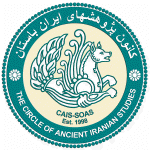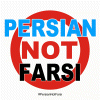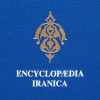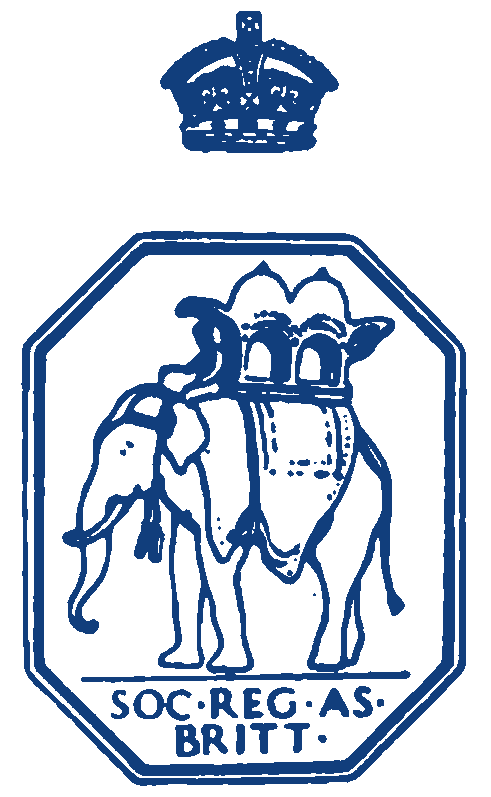
![]()
CAIS
The Circle of Ancient Iranian Studies
Follow us on

|
CAIS ARCHAEOLOGICAL & CULTURAL NEWS© ARCHAEOLOGICAL & CULTURAL NEWS OF THE IRANIAN WORLD |
|
Traces of the World's Earliest Settlement Discovered in Ganj-Darreh
|
|
07 October 2006 |
|
|
|
Aerial photo of Ganj-Darreh near Harsin, Kermanshah province |
LONDON, (CAIS) -- World’s earliest traces of human settlement have been found in Ganj-Darreh, one of the country’s most ancient hills near the present-day Harsin in Kermanshah province.
Director of Kermanshah Cultural Heritage, Handicrafts and Tourism Department for
museums and historic sites, Ali Moradi Bisotouni, explained that visible traces
of early settlement in Ganj-Darreh bear evidence of Iran’s age-old
civilization.
Moradi Bisotouni recalled, “The hill was excavated several times by a
non-Iranian archeologist Philip E. L. Smith in 1967, 1969, 1971 and 1974. His
studies indicated that there are six stratigraphic layers in the region dating
back to the Mousterian Era (Middle Paleolithic).“
He explained, “Adobes have been found in the area which were used to build
houses, reinforced with mud and straw.“
The discoveries signify that the houses did not have doors and that people
entered them through roofs. “The houses were built in two stories. People
lived in the top floor and used the bottom floor as their food storage.“
He named the objects discovered in Ganj-Darrah as mud objects, potteries, stone
tools, pestle and stone blades.
|
Extracted From/Source: Iran Daily Please
note
the above-news is NOT a "copy & paste" version from
the mentioned-source. The news/article above has been modified with
the following interventions by CAIS: Spelling corrections;
-Rectification and correction of the historical facts and data; -
Providing additional historical information within the text; -Removing any
unnecessary, irrelevant & repetitive information. All these measures have been taken in order to ensure that the published news provided by CAIS is coherent, accurate and suitable for academics and cultural enthusiasts who visit the CAIS website.
|
|
|
|
Persian NOT Farsi
Encyclopaedia Iranica The British Institute of Persian Studies The British Museum The Royal Asiatic Society of Great Britain and Ireland
|










